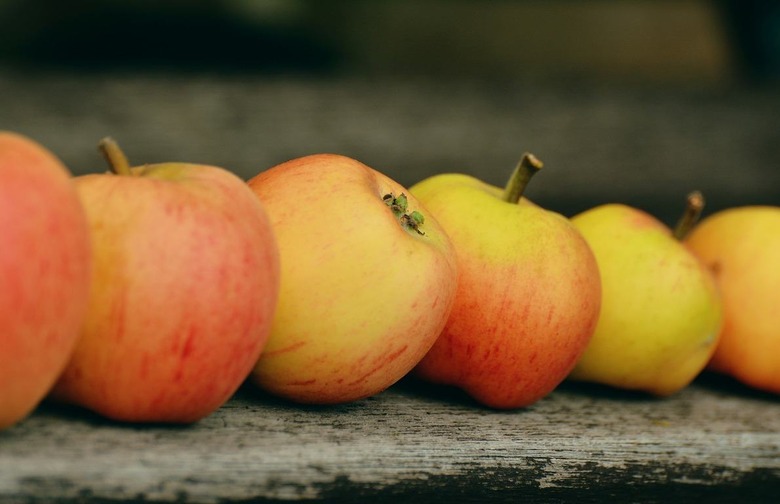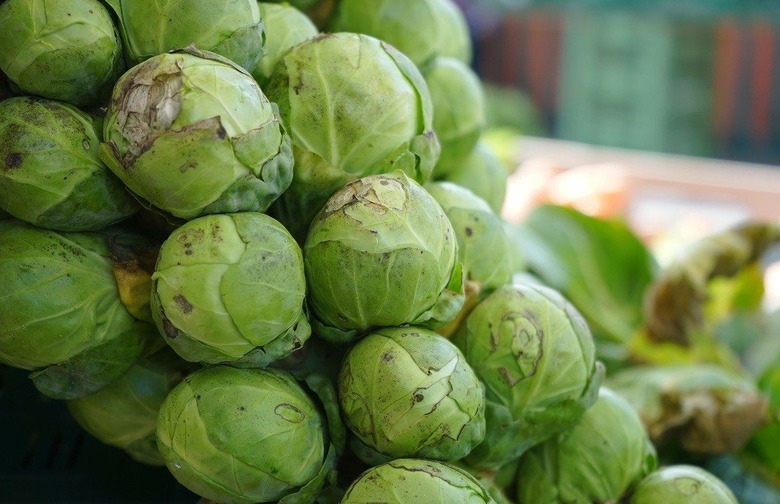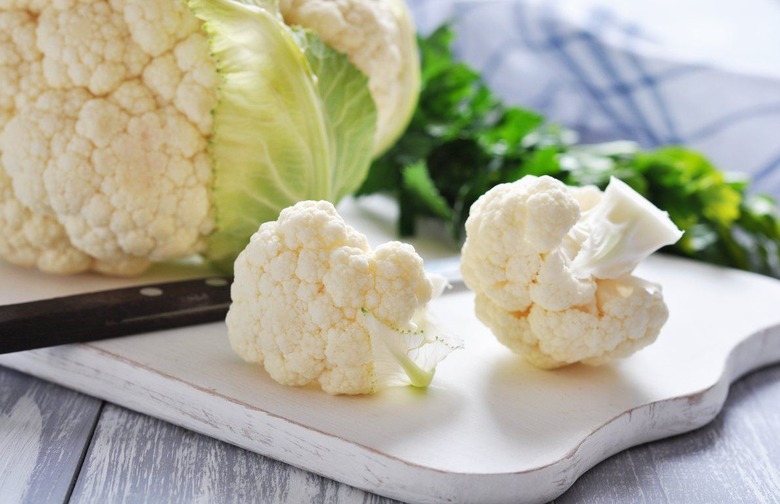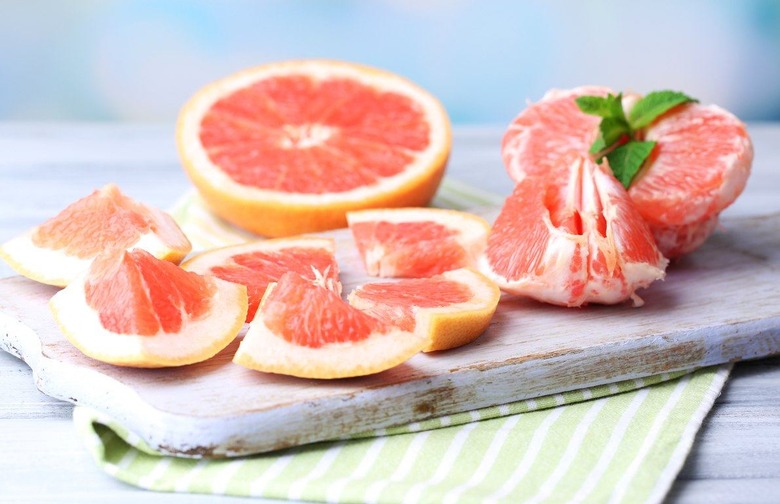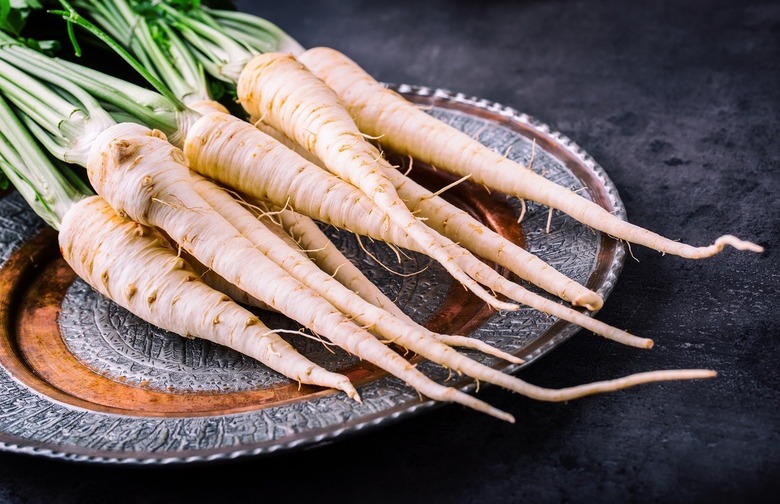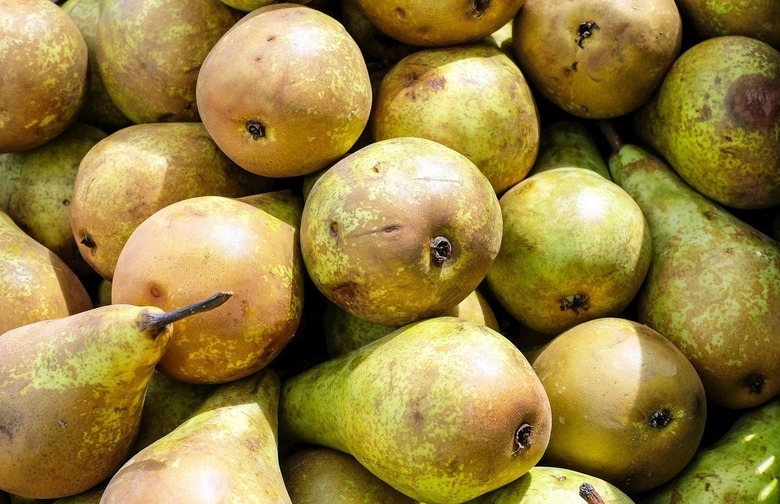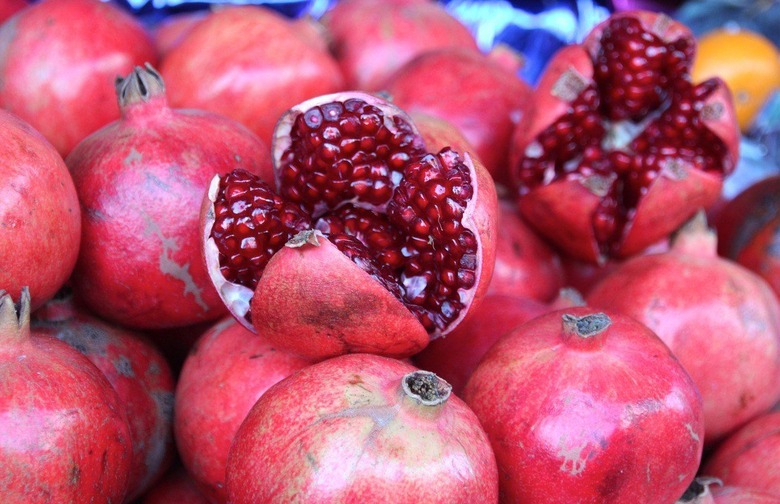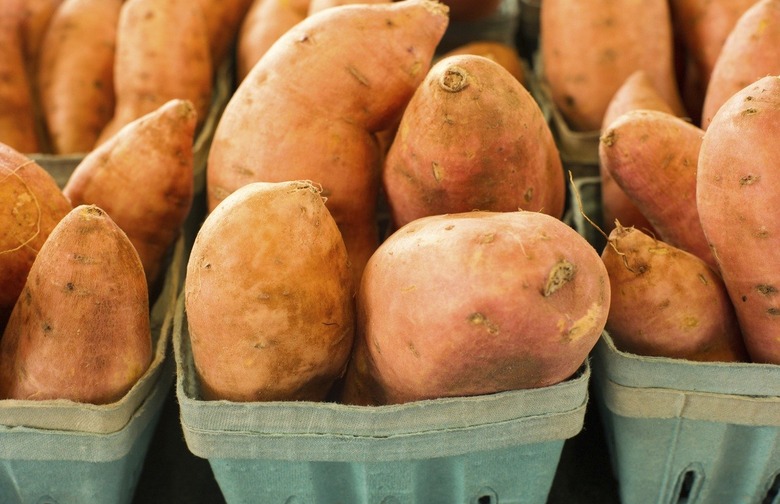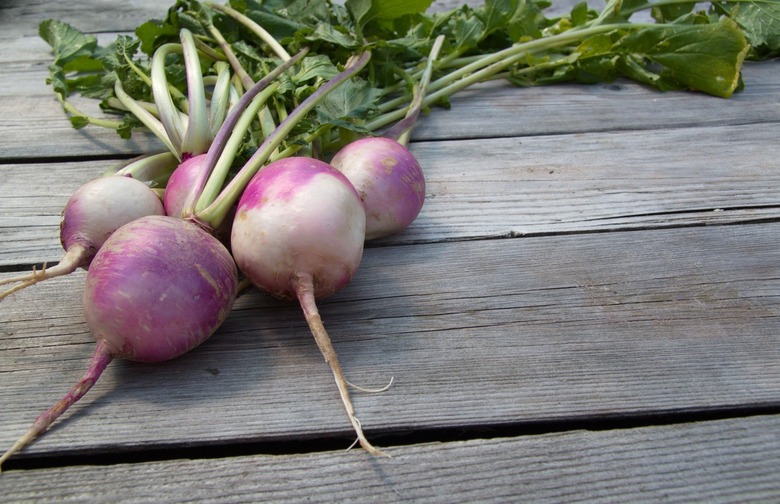9 Essential Fall Superfoods And How To Cook Them Slideshow
Apples embody autumn, but did you know that these crisp, sweet, colorful fruits might actually keep the doctor away? The apple's balance of natural sugar and fiber gives it a low score on the glycemic index, a scale that tracks how quickly a food's sugars are converted to glucose within the body. (Foods with lower glycemic index levels are less likely to spike blood sugar levels.) Apples are also versatile: They can be snacked on raw, baked, our sautéed, making them ideal candidates for pies, crisps, sauces, and strudels.
Brussels Sprouts
Children's infamous disdain for Brussels sprouts has cast a shadow over this healthy fall superfood. A cup of this vegetable contains only 38 calories but provides an entire day's worth of vitamin C. When they're roasted in the oven or glazed with maple syrup, miso, and sesame seeds. , Brussels sprouts become a delectable side dish even your kids will enjoy.
Cauliflower
Cauliflower has become a popular ingredient replacement for recipes that call for potatoes or grains, and to turn into things like dirty "rice" and pizza crust. White cauliflower is the most popular, but there are several other varieties such as orange, green, and purple, each containing a slightly different nutrient makeup. White cauliflower contains a cornucopia of vitamins and minerals including folate, and vitamins B6, C, and K. It's also being researched for its phytochemical compound, isothiocyanate, which has been linked to destroying certain cancer cells. However, to fully take advantage of cauliflower's healthy properties, avoid boiling it — which kills a large proportion of the phytochemicals — and try steaming or roasting it instead.
Grapefruit
When you think of fall foods, grapefruit rarely comes to mind, but California grapefruit is at its peak quality in October. The nutritional benefits of grapefruit are immense, with one large fruit containing 120 percent of your recommended daily intake of vitamin C. Check out all of these recipes to see how you can incorporate more of this citrus superfood into your diet, but just be careful not to mix grapefruit with some prescription drugs.
Parsnips
Parsnips kind of taste like sweeter, earthier potatoes. Their long roots resemble carrots, and like the carrot they can be eaten raw, but the parsnip's starch content makes it the perfect candidate for a purée or luscious soup. A cup of parsnips provides 29 percent of the recommended daily intake of vitamin C, 17 percent of the RDI of folate, and 24 percent of the RDI of manganese.
Pears
During fall, pears are often overshadowed by apples, but this seasonal fruit is high in dietary fiber, which, among other benefits, helps to alleviate constipation. Studies on animals have shown that pears may also be able to regulate alcohol metabolism and protect against ulcers. Pears work well in both sweet and savory dishes, and can be used raw in salads, atop soups, or in desserts like a classic poached pear. They also make tasty juices.
Pomegranates
The pomegranate is an underutilized ingredient in Western cuisine, but the fruit's luscious seeds can add a sweet and crunchy bite to salads and soups. Pomegranate juice has been touted by marketers as a way to reduce the risk heart disease, prostate cancer, and erectile dysfunction, but these claims were found by the Food and Drug Administration to be largely unsubstantiated. That said, research on animals has found the pomegranate to be a potent antioxidant and anti-inflammatory.
Sweet Potatoes
It might be a humble root, but the sweet potato is one of the healthiest foods on the planet. It's a rich source of beta-carotene — a pigment that eventually converts to vitamin A within the body. October through December is the peak season to purchase them. Here are some great recipes to transform sweet potatoes into a delectable meal.
Turnips
Turnips look similar to beets and other root vegetables, but they're actually more closely related to kale, Brussels sprouts, and arugula. When roasted, turnip roots become sweet and tender, but the real health benefits come from their leafy-green tops. A recent study found that dietary nitrate found in turnip greens can benefit cardiovascular health. Turnip greens can be braised, at a low temperature, sautéed, or quickly blanched. If you don't know what to do with turnips or their greens, check out some of these recipes.
